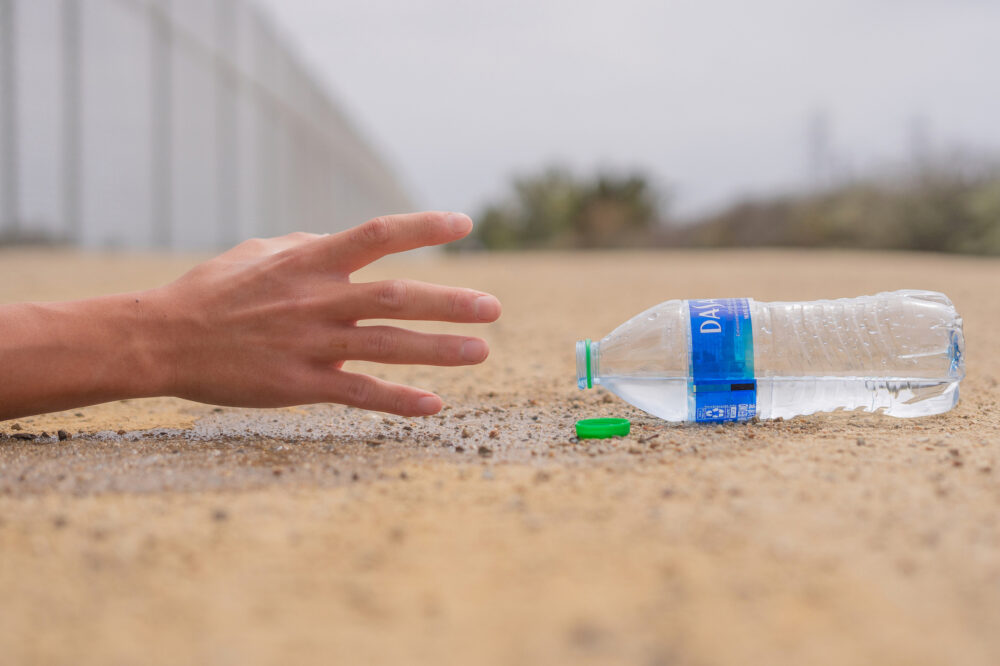
By Arden Nguyen & Catherine Vu
California is currently experiencing another drought, with much of the state facing extreme conditions.
In late April, Governor Gavin Newsom announced a drought emergency in Sonoma and Mendocino counties in northern California. On May 10, he extended the emergency to 41 out of 58 counties, where roughly a third of the state’s population resides.
Seasonal and annual droughts are a normal feature of California’s climate. However, their severity and duration have been increasing in recent years.
This is part of a worrying trend across the western United States and northern Mexico that has led some researchers to believe the entire region is heading into a climate-driven “megadrought” whose magnitude could parallel the worst in prehistory.
Understanding droughts in CA
A drought is a prolonged period of abnormally dry weather and low precipitation that seriously impacts a region’s water supply.
Dry years followed by wet years, in which droughts are relieved by subsequent precipitation, are typical of California’s Mediterranean climate. However, wet years are happening less often and becoming more intense, while dry years are getting longer. If a drought lasts several years, one or two wet years won’t be enough to reverse the damage that the environment and groundwater supply sustained during the drought.
Increasing temperatures partially due to human-caused climate change are exacerbating droughts and have caused snow up in the mountains to melt earlier in the year.
This presents several issues. First, an earlier snowmelt means there will be less water when we need it in future dry months. Second, wildfires could worsen as forests become drier due to an absence of moisture from snow. Finally, increased snowmelt all at once will result in more flooding.
Current Situation
A map of California created by the National Integrated Drought Information System shows the entire state is at least considered “abnormally dry” while 73.3% of the state appears to be suffering from “extreme drought.”
Despite the bleak outlook, cities seem to be well-equipped to handle the conditions. According to the Public Policy Institute of California, cities are actually somewhat drought resilient due to “diversifying their supply sources—including water reuse, recycling and storm water capture—and expanding conservation efforts.” Urban water usage has even decreased by 16% since 2013 due to increasing climate consciousness.
But the same cannot be said for many minorities and agricultural communities living in rural areas in Northern California and the Central Valley, where water supply is heavily dependent on precipitation and infrastructure is lacking.
Freshwater ecosystems are also in danger during droughts. For example, an entire generation of the endangered Chinook salmon was wiped out in 2014-2015 during the 2012-2016 drought because low water levels in the Sacramento River raised water temperatures to lethally high levels.
Californians can also anticipate worsening wildfires due to a drier landscape. In early May, a red flag fire warning was issued in some areas in northern California due to rising temperatures and swift winds. It is likely that this year’s wildfires will be severe like those observed last year. Small fires have already occurred across the state.
“With our fire season becoming more severe and longer, we are going to see more than just brown lawns,” sophomore Giauy Ngo said. “California is trying to be better equipped to handle these droughts with infrastructure such as the Poseidon desalination plant being set to be completed by 2023 in Huntington Beach. In the mean time, we will see an impact in California wild flora and fauna. The balance between life and death for these organisms will certainly be disrupted.”
What you can do
The city of Fountain Valley has several water usage restrictions in place that are important to keep in mind, such as a ban on watering outdoors from 7 a.m. to 7 p.m.
There are many small ways to reduce your household water usage (and your family’s water bill). For example, make sure you have a full load of laundry before starting a cycle. Try using the dishwasher instead of hand-washing the dishes; not only will it save water, but it’ll save you some time as well. Take showers instead of baths, but make sure those showers aren’t too long! If you notice any leaks around the house, fix them as soon as possible.
To save water in the long run, you can swap your lawn for California native plants, which tend to be drought tolerant. Along with helping to reduce your water usage, they’ll be a great addition to your garden!
If you’d like to learn more about your household’s water usage, try this water calculator.





